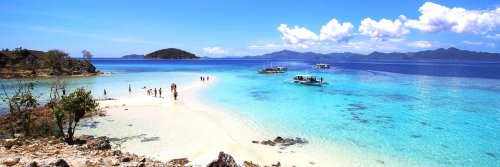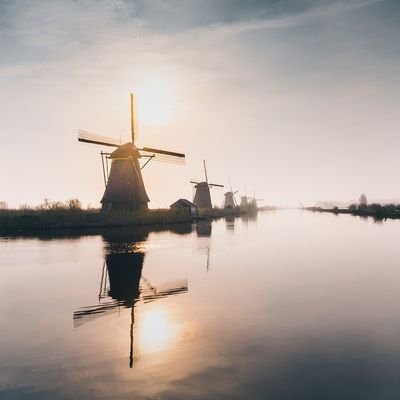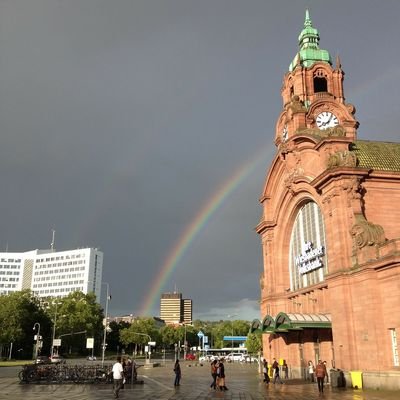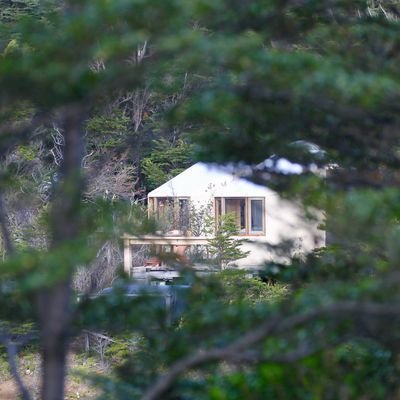The Philippines has always been a snorkeling, diving, and beach lovers' paradise, to the point of being loved to death by tourist hordes. With over 7,600 islands and about 10% of the world's coral reefs, this archipelago is a jewel in southeastern Asia. Rising from the aqua waters between the Pacific Ocean and the South China Sea, it was created about 50 million years ago by the force of volcanoes erupting. Approximately 2,000 islands are populated, with many yet to be named.
No two islands are the same. You can wallow on the sand on one island for your holiday or hop around islands by local ferries. Wet and dry are the only two seasons in the Philippines. The sun bunnies amass during the summer between March and May, when booking well in advance is best. If you want to avoid sharing your slice of paradise with the ugly hordes; the months from December to January are an alternative, but there may be occasional rain showers. The typhoon season is from June to the end of November.
Apo Island
Avoid masses of splashing flippers, the squawking of constant chit-chat from fellow travelers, and if the underwater experience outweighs the need for luxurious accommodation; check out Apo Island. Situated 30km from the southeastern coastline of Negros Oriental Island, you need to get yourself from Manila to Dumaguete (Sibulan Airport) and then boat it. The accommodation is predominantly rustic with no 5-star hotel in sight—alternatively, you can do a day trip.
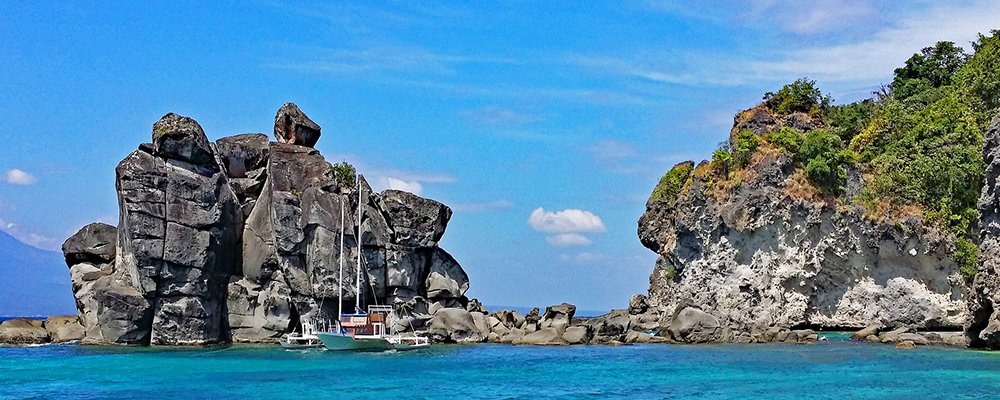
This tiny marine protected island is where green sea turtles, having no natural predators in the area, are in abundance, happily floating on the flat shallow reef facing the beachfront or at the aptly named Turtle Point. Under the water, you will find yourself in a free-style aquarium where reef sharks glide, manta rays perform their underwater ballet, and a host of fish species hover in colorful rainbows. The sea is crystal clear and warm for diving or snorkeling enthusiasts, and it has picturesque coral beds that belong to a Hollywood movie, such as Finding Nemo. With over 400 coral species and 650 fish varieties, and few people snorkeling or diving Apo Island's water, it's like immersing yourself into your very own fish tank.
Coron Island
If you want fewer people and luxury, Coron Island is for the more discerning soul who craves that perfect espresso in the mornings and a luscious cocktail handed to them when the sun sets. Considered the laidback and quiet alternative to El Nido, Coron has a range of accommodations for different budgets, from backpacking affairs to mid-range hotels. If you want the ultimate, stay at The Two Seasons Coron Island Resort, which will have you swooning in delight, or The Sunlight Ecotourism Island Resort, where you will find lush villas over the water with glass bottom floors, so you don’t miss out on any of the underwater action.
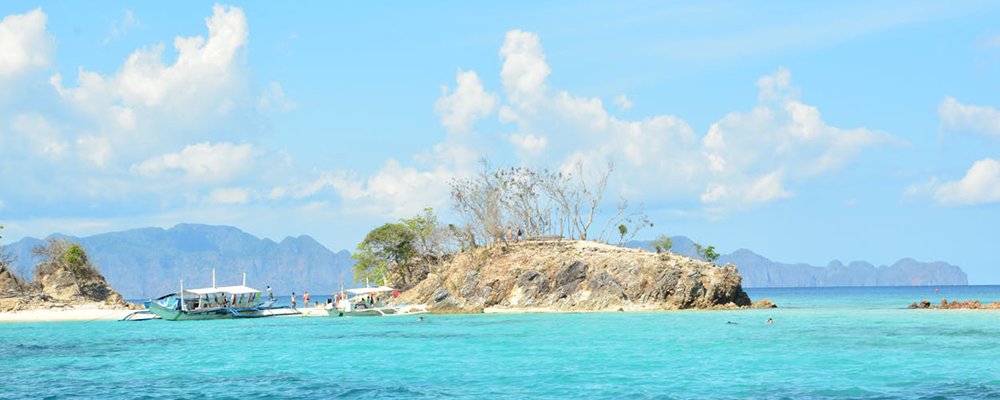
Apart from the ocean to plunge into with your mask on, there is the incredible Barracuda Lake on the north shore of Coron Island (aka Luluyuan Lake). The experience is fantastic, with unique limestone formations, hot water the deeper you go, and a silky sandy bottom devoid of anything. The lake's brilliant blue water is both fresh and saltwater.
At Coron Bay, there are a few Japanese shipwrecks from World War II to explore that were sunk by the Americans in 1944. If you have ever dreamed of swimming with dugongs, a day trip from Coron to Calauit is the place to do it. In the marine park, there are strict limits on how many people can swim with the sea cows at any one time, and you must be a part of an accredited tour. Coron Island is also known for its Blue Lagoon, which should be a part of a movie set as this pristine body of water is surrounded by limestone karsts molded over eons. There are even hot springs on the island, such as Maniquit Hot Springs, where you can take a dip.
Exploring the Philippines and its abundant islands doesn't just have to be about its underwater world; extraordinary landscapes await. In Banaue, North Luzon, isolated tribes live amidst rugged ravines, pine trees, and ancient rice terraces. You can surf the famous Cloud 9 break at Siargao or find a local witch doctor at Siguijor.
It is possible to find your own slice of nirvana in the Philippines.
Gail Palethorpe, a self proclaimed Australian gypsy, is a freelance writer, photographer and eternal traveller. Check out her website Gail Palethorpe Photography and her Shutterstock profile.

